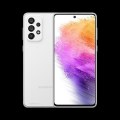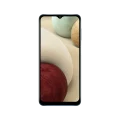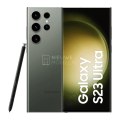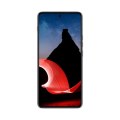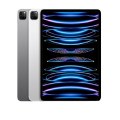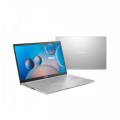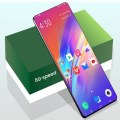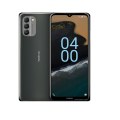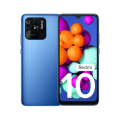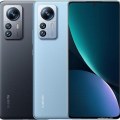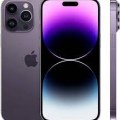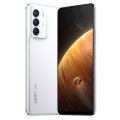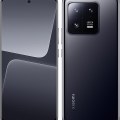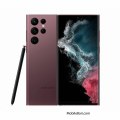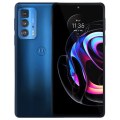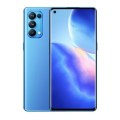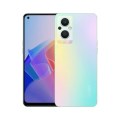- Home
- All Products
- Mobiles
- Samsung Galaxy Z Fold-4 Price in Bangladesh
Samsung Galaxy Z Fold-4 Price in Bangladesh
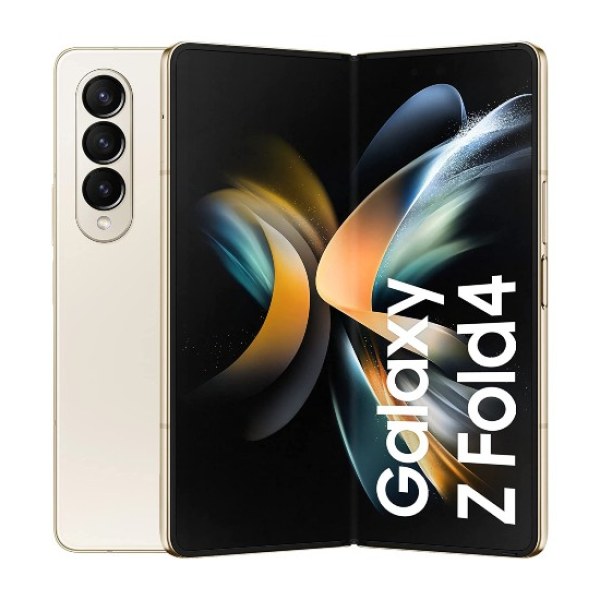

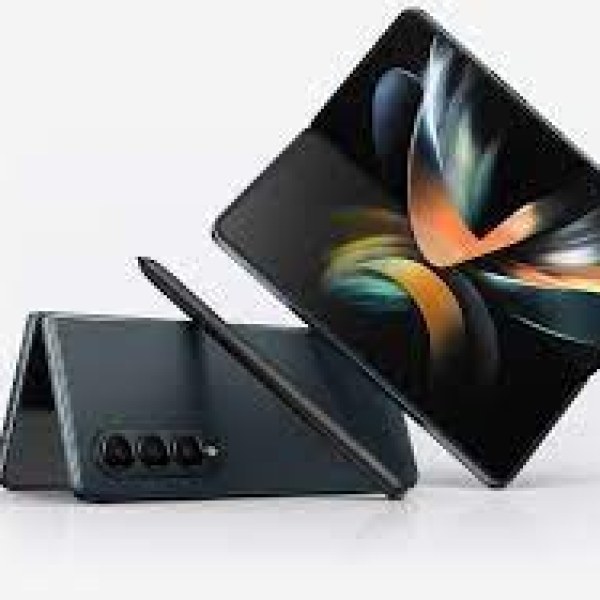
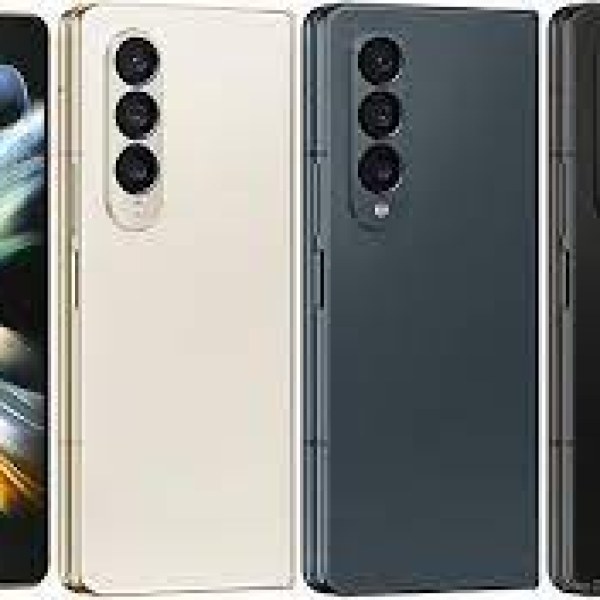
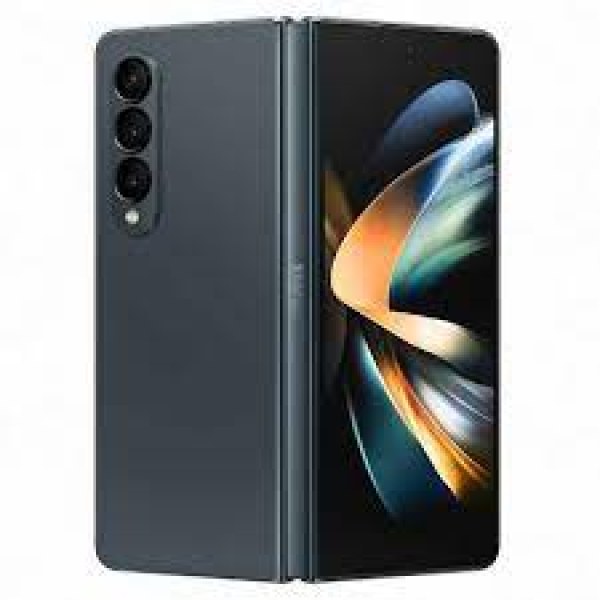
Galaxy Z Fold-4
Galaxy Z Fold-4 Flex on all the others Stands out. Stands up. Unfolds-Does a lot in one hand with its 6.2-inch Cover Screen. In both hands, the 7.6-inch Main Screen makes it your ultimate do-more device. And when you need to go hands-free, simply set it down, find a good angle and leave it there while you get more done.Samsung Galaxy-s22
Cover Screen
Galaxy Z Fold4 a wider aspect ratio lets your apps comfortably fill the screen, but still keeps keys within thumb’s reach for one-handed control.
A new spin on slim
It’s basically two phones in one — with nearly the weight of a less-flexible phone. Slimmed down everywhere but the screen, minimized bezels and lightweight materials make Galaxy Z Fold4 even more pocket-friendly.
MULTITASKING
Do more than more
Wipe out tasks in fewer taps. Add apps to the Taskbar, your multitasking secret weapon, for quick navigation and bouncing between windows when you’re in the groove. And with App Pair, one tap launches up to three apps, all sharing one super-productive screen.
MULTI VIEW
Give your back button a break
Whether toggling between texts or catching up on emails, take full advantage of the expansive Main Screen with Multi View. Apps optimized with One UI give you menus and more in a glance for faster, more efficient multitasking on a smartphone.
120HZ DISPLAY
Samsung Galaxy Z-Fold-4
Smooth gaming. Smooth viewing
Swiping through the newsfeed or gliding through games, it all flows smoothly on a display that ramps up to 120Hz. This refreshingly responsive screen even adapts the refresh rate to optimize the view for you.
IPX8 WATER RESISTANCE
The first foldables that can take on water
Be adventurous. You don’t have to sweat the forecast when you’ve got one of the world’s first water-resistant foldable smartphones. 1
MULTI-CAMERA SYSTEM
Pro-grade Camera that stands on its own
With the upgraded Rear Camera, Space Zoom and Nightography, we’re bringing a pro-level kit to the foldable form for the first time. Use the massive Main Screen as a viewfinder to flex your photo skills with new tech.
Specification
General
| Price | 259,999.00 |
| Device Type | Smart Phone |
| Model | Samsung Galaxy Z Fold-4 |
| Announced | 10 August, 2022 |
| Released | 25 August, 2022 |
| Status | Available |
Design
| Type Design Type called form factor refers to a mobile phone's size, shape, and style as well as the layout and position of major components of phone. There are three major form factors seen in mobile phones => bar phones, folding phones and sliding phones. | Folding |
| Dimensions | 155.1 x 130.1 x 6.3 millimeters (unfolded) 155.1 x 67.1 x 14.2-15.8 millimeters (folded)155.1 x 130.1 x 6.3 millimeters (unfolded) 155.1 x 67.1 x 14.2-15.8 millimeters (folded) |
| Weight | 263 g |
| Body Build | 1812 x 2176 pixels (~373 ppi density) Cover display: Dynamic AMOLED 2X, 120Hz, Corning Gorilla Glass Victus+ 6.2 inches, 904 x 2316 pixels, 23.1:9 ratio |
| Colors | Mystic white, astro black, ice platinum |
Display
| Display Type Display Technology => A number of display technologies and types used in mobile phones => TFT (Thin Film Transistor), IPS (In-Place Switching), OLED (Organic Light Emitting Diode), AMOLED (Active-Matrix Organic Light-Emitting Diode), Super AMOLED (an even advanced version of AMOLED), Resistive Touchscreen (Resistive touchscreens contain two layer of conductive material with a very small gap between them which acts as a resistance), Capacitive Touchsceen (Capacitive touchscreen technology consists of a layer of glass coated with a transparent conductor) | 6.2″ Dynamic AMOLED 2X, 904 x 2316 pixels, Gorilla Glass Victus+, 120Hz |
| Size | 7.6 inches, 183.2 cm2 (~90.9% screen-to-body ratio) |
| Resolution | Full HD+ 1812 x 2176 pixels (373 ppi) |
| Pixel Density Pixel Density (PPI) is refers to the concentration of pixels on a particular display, measured in pixels per inch (ppi). Pixel density is calculated by dividing the diagonal pixel resolution of a display by its diagonal size, higher pixel density better display quality. | 120Hz refresh rate, HDR10+, 1200 nits (peak), Stylus support |
| Display Protection Display Protection => Gorilla Glass is a special alkali-aluminosilicate glass shield with exceptional damage resistance that helps protect mobile displays from scratches, drops, and bumps of everyday use, It is always better to go for a smartphone with Gorilla Glass for that added protection and peace of mind. | Corning Gorilla Glass 3 |
| Features |
1812 x 2176 pixels (~373 ppi density) Cover display:Dynamic AMOLED 2X, 120Hz, Corning Gorilla Glass Victus+6.2 inches, 904 x 2316 pixels, 23.1:9 ratio |
| Secondary Display | Foldable Dynamic AMOLED 2X Touchscreen |
Network
| 2G Network | 2G, |
| 3G Network | HSDPA 850 / 900 / 1700(AWS) / 1900 / 2100 |
| 4G Network |
LTE band 1(2100), 3(1800), 5(850), 7(2600), 8(900), 20(800), 28(700), 38(2600), 40(2300), 41(2500) - EMEA LTE band 1(2100), 2(1900), 3(1800), 4(1700/2100), 5(850), 7(2600), 12(700), 13(700), 17(700), 20(800), 28(700), 29(700), 30(2300) - USA |
| 5G Network | SA/NSA/Sub6/mmWave |
| SIM SIM (Subscriber Identity Module) is a small card that contains mobile network subscriber's account information. This allows the phone using the card to attach to a mobile network. The SIM card is most commonly associated with GSM and UMTS mobile networks. Moving a SIM card from one phone to another allows a subscriber to switch mobile phones without having to contact their mobile network carrier. SIM cards can also be used by a phone to store limited amounts of data, such as phone numbers and text messages. | Nano SIM |
| Dual SIM | Dual Nano-SIM, Electronic SIM card (eSIM) |
Media
| Audio Playback | Yes, MP3, MIDI, WAV, AMR |
| Video Playback | Yes |
| Video Out | Yes |
| FM Radio | No |
| Alert Types | Vibration, ringtones |
| Ring Tones | 64, MP3, WAV |
| Loudspeaker | Yes |
| Handsfree | 3.5mm Headphone Jack |
Camera
| MAIN CAMERA Camera is able to capture photographs and usually videos, The most important characteristics of a camera are the resolution (measured in megapixels), lens focus type (fixed or automatic), higher megapixel cameras are known to capture higher quality photos, but not always a good measurement of the photos quality. | Triple |
| Camera Types |
50 MP, f/1.8, 23mm (wide), 1.0µm, Dual Pixel PDAF, OIS 10 MP, f/2.4, 66mm (telephoto), 1.0µm, PDAF, OIS, 3x optical zoom 12 MP, f/2.2, 123˚, 12mm (ultrawide), 1.12µm |
| Video | Ultra HD 4K (2160p), gyro-EIS (1080p), HDR10+ |
| Camera Features | HDR |
| SELFIE CAMERA |
4 MP, f/1.8, 26mm (wide), 2.0µm, under display Cover camera: 10 MP, f/2.2, 24mm (wide), 1/3", 1.22µm |
| Video Recording Modes | 4K@30/60fps, 1080p@30/60fps, gyro-EIS |
| Camera Features | HDR |
Software
| Operating System OS => Every computer system run on a base software called Operating System (OS). Operating System controls all basic operations of the computer (such as smartphone, PDAs, tablet computers and other handheld devices). The Operating System allows the user to install and run third party applications (apps), apps are used to add new functionality to the device. | Android 12L (One UI 4.1.1) |
| User Interface UI or user interface of a device is the look and feel of the on-screen menu system. How it works, its color scheme, how it responds to button presses, all of these things are part of the user interface. | Qualcomm Snapdragon 8+ Gen 1 (4 nm) |
| Java Support Java for Mobile Devices is a set of technologies that let developers deliver applications and services to all types of mobile handsets, ranging from price efficient feature-phones to the latest smartphones. Java is currently running on over 3 billion phones worldwide, and growing. It offers unrivaled potential for the distribution and monetization of mobile applications. | Yes, via Java MIDP emulator |
Hardware
| Chipset Chipset is a group of integrated circuits designed to perform one or a more dedicated functions, often with real time computing constraints, Popular smartphones are equipped with more advanced embedded chipsets that can do many different tasks depending on their programming. | Qualcomm Snapdragon 8+ Gen 1 (4 nm) |
| CPU CPU (Central Processing Unit) mostly known as processors, CPU processes instructions in order to carry out certain functions that make your device operate properly. Processors are often described as the brain of computers, smartphones and tablets, Smartphones and tablets rely on processors to carry out their every task, Processors are an incredibly important factor in selecting any type of computing device, including your smartphone. | Octa core, up to 3.19 GHz |
| GPU GPU (Graphics Processing Unit) is a single-chip processor designed to rapidly manipulate and alter memory to accelerate the creation of images in a frame buffer intended for output to a display, This includes things such as lighting effects, object transformations, and 3D motion. | Adreno 730 |
| RAM (Memory) RAM (Random Access Memory) is a type of computer memory that can be accessed randomly, any byte of memory can be accessed without touching the preceding bytes that allows information to be stored and accessed quickly from random locations. RAM is the most common type of memory found in computer systems, smartphones, tablets and other electronic devices. | 12 GB |
| Internal Storage Internal Storage is a data storage space (flash memory) mostly used in smartphones, tablets and other electronic devices where operating system, apps, music, photos, videos, files and other user data Is stored. | 256 / 512 GB / 1 TB (UFS 3.1) |
| Card Slot Memory Card Slot is a special slot for inserting a memory card. Memory cards allow you to expand the phone's built-in memory, A memory card (sometimes called a flash memory card or a storage card) is a small storage medium used to store data such as text, pictures, audio, and video, for use on small, portable or remote computing devices such as mobile phones, mp3 players, digital cameras. | NO |
| Sensors Sensors are electronic components that detects and responds to some type of input from the physical environment. The specific input could be light, heat, motion, moisture, pressure and location, The output is generally a signal that is converted to use in computing systems, a location sensor, such as a GPS receiver is able to detect current location of your electronic device. | Fingerprint (rear-mounted), accelerometer, gyro, proximity, compass, barometer, color spectrum |
Connectivity
| Bluetooth Bluetooth is a wireless communications technology for exchanging data between mobile phones, headsets, computers and other network devices over short distances without wires, Bluetooth technology was primarily designed to support simple wireless networking of personal consumer devices. | Yes, v4.2 with A2DP, EDR, LE |
| Infrared Infrared connectivity is an old wireless technology used to connect two electronic devices. It uses a beam of infrared light to transmit information and so requires direct line of sight and operates only at close range. | |
| Wi-fi Wi-Fi is a popular wireless networking technology using radio waves to provide high-speed network connections that allows devices to communicate without cords or cables, Wi-Fi is increasingly becoming the preferred mode of internet connectivity all over the world. | Wi-Fi 802.11 a/b/g/n, dual-band, Wi-Fi Direct |
| Wi-fi Hotspot | |
| USB | Yes, microUSB v3.2 |
| GPS GPS The Global Positioning System is a satellite-based radio navigation system, GPS permits users to determine their position, velocity and the time 24 hours a day, in all weather, anywhere in the world, In order to locate your position, your device or GPS receiver must have a clear view of the sky. | Yes, with A-GPS support and GLONASS, BDS |
| NFC NFC (Near field communication) is a set of standards for smartphones and similar devices to establish peer-to-peer radio communications with each other by touching them together or bringing them into proximity, usually no more than a few inches. |
Battery
| Battery Type Battery Type => Cell phones run on various kinds of batteries depending on the manufacturer, phone size or shape and features. There are basically four types of cell phone batteries => Lithium Polymer, Lithium Ion, Nickel Metal Hydride and Nickel Cadmium. | Li-Poly (Lithium Polymer) |
| Capacity Battery Capacity is a measure (typically in Amp-hr) of the charge stored by the battery, and is determined by the mass of active material contained in the battery. The battery capacity represents the maximum amount of energy that can be extracted from the battery under certain conditions. | 4400 mAh |
| Placement | Non-removable |



